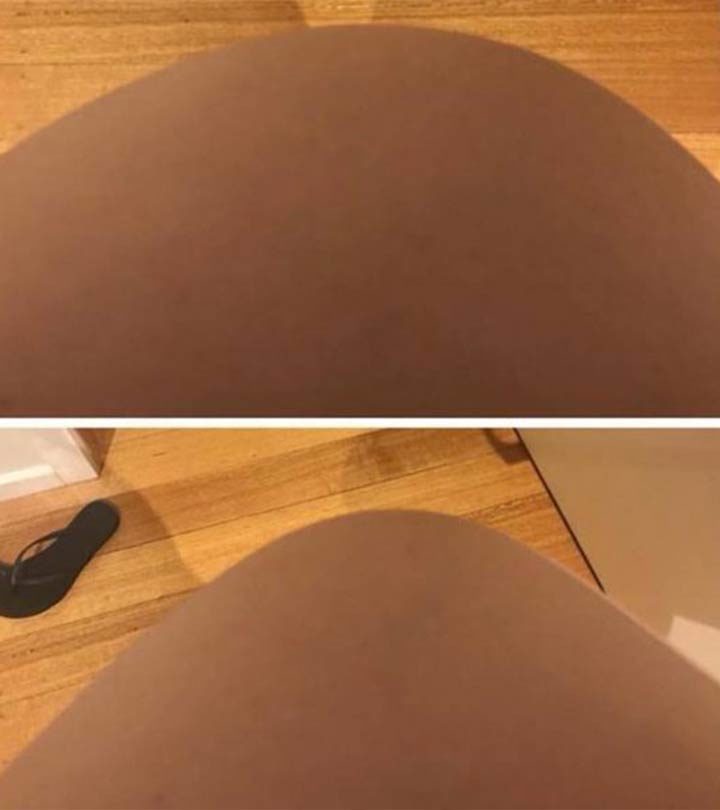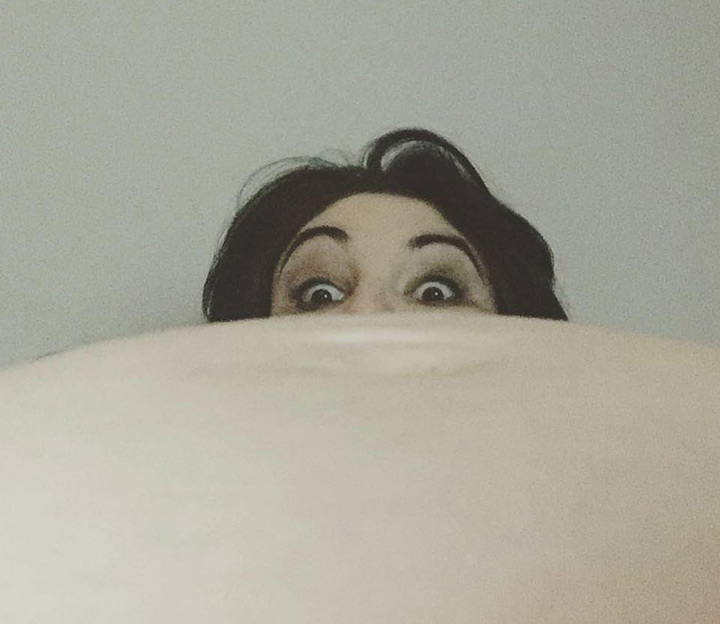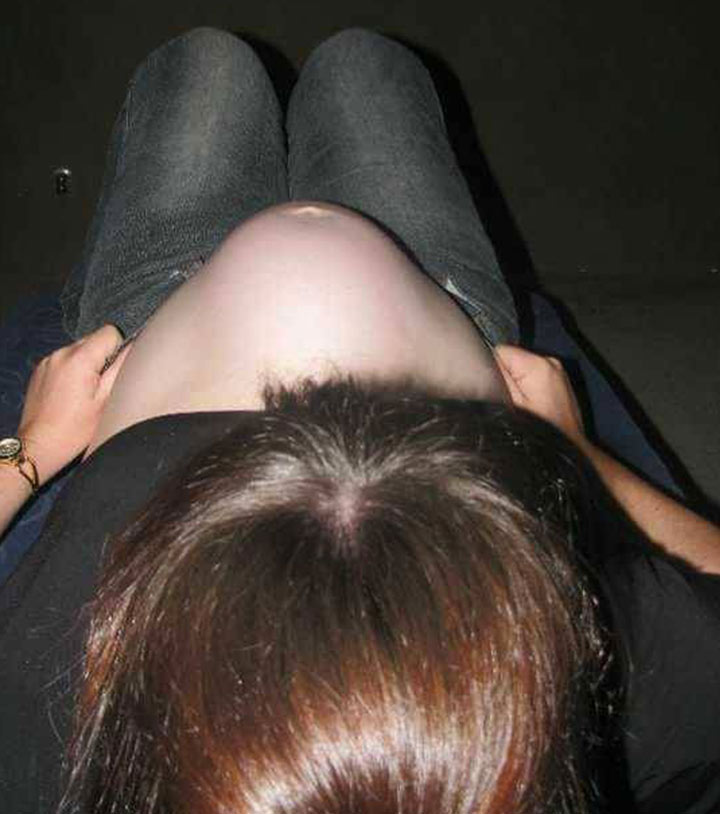
During pregnancy, it is common for women to experience physical changes in their body. There are those obvious changes like skin pigmentation, breast enlargement, and the growing baby bump. As far as the general shape of the pregnant belly is concerned, most women assume it to be of a round shape. At times, though, the shape changes every time the baby moves in the belly, somewhere after the 7th month. Sometimes the moving baby’s buttocks or feet might make the belly protrude a bit, albeit temporarily. In short, as the D-Day gets closer, the growing belly starts assuming weird shapes due to various reasons. But, what if someone’s pregnant belly takes on the shape of a cone instead of the usual round/oval? Surprising, right?
At the onset of your pregnancy (mostly up to 12 weeks), the uterus is the shape of a pear. From here on, as the baby starts growing inside the womb, the uterus starts stretching and so do the abdominal muscles to accommodate. This is when a woman starts showing a bump, which is usually round. However, there are times when women experience a cone-like shape to their belly. This is what happened to Laura Mazza, who described her condition on her Facebook page, Mum on the Run (1). Laura wrote that when she was pregnant with her third baby, she noticed while planking that her bump looked more like a cone. However, Laura assumed it to be her baby’s back that was showing through at that time!
What she wasn’t aware of though, like most of us, was that nearly two-thirds of expecting mothers do experience this phenomenon (2). It is a condition known as Diastasis Recti, which means abdominal (muscle) separation. Muscle separation by itself is obvious during pregnancy as the growing baby pushes at the uterine muscles. This results in the separation of the right and left side of the abdominal muscles. However, when both these large parallel bands of abdominal muscles, which meet at the center of the tummy, are separated by an abnormal distance, it causes the tummy to protrude. This is also known as a “tummy pouch” in layman’s terms. Although it occurs even in men with poor health and exercise routines, it is most common among pregnant women. There are many reasons why this is caused during pregnancy – having more than one child, getting pregnant after the age of 35, carrying twins or a heavy baby, etc.
Image: Facebook
Women who experience diastasis recti are most likely to notice this only when the abdominal muscles are tensed, such as while planking – like in the case of Laura. They can also notice it when moving from a lying down position to sitting up (3). This condition can result in weakened abdominal muscles, lower back pains, difficulty in lifting objects, and interference in routine activities of daily life. However, following childbirth, this condition can be overcome by specific exercises. In rare cases where it causes severe health problems, a corrective surgery might be recommended (4).
So, while Laura herself wasn’t aware of this condition, her post garnered much attention on social media. And for all the right reasons. Many expectant mothers and also those with several children came forward to share their own experiences. They too had a similar “cone-shaped” belly but were unaware of their condition. In many ways, they were grateful that this condition was brought to everyone’s notice. And that it had got everyone talking. And like Laura herself mentioned in her post rather funnily, her intention of “issuing it in public interest” did meet its goal!
Image: Facebook
Do you also know someone who is pregnant and might be experiencing a similar condition? Or have you experienced it yourself? Do let us know how you dealt with it in the comments below. Your experience might definitely help some mom-to-be out there who is unaware of her condition. And like they say, “A stitch (pun intended) in time, saves nine”!















